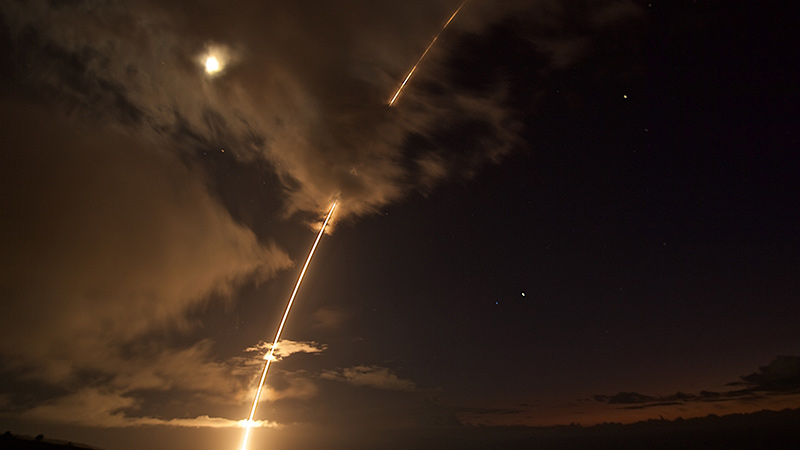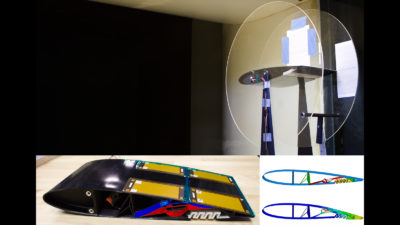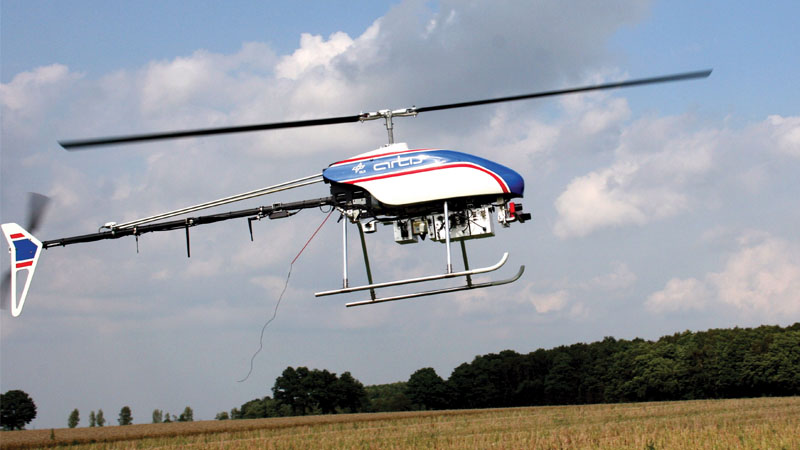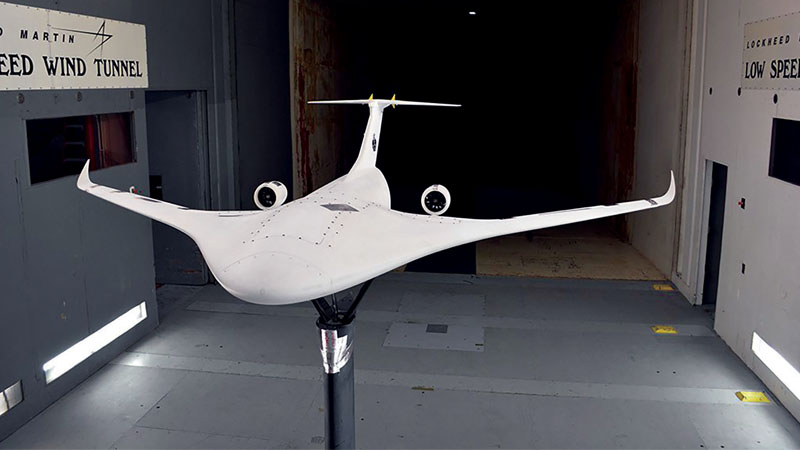Missile defense tests show progress
By James D. Walker|December 2017
The Weapon System Effectiveness Technical Committee advances the science and technology of predicting, measuring, evaluating and improving the lethality of weapon systems.
President Ronald Reagan presented missile defense as a means to make nuclear weapons “impotent and obsolete.” 2017 saw a need for that with concerns regarding North Korea. The year also saw progress on the path to missile defense.
For the first time, the Ground-based Midcourse Defense segment of the U.S. national missile defense system intercepted an intercontinental ballistic missile. In the May 30 test — designated Flight Test Ground-Based Interceptor 15 — the ICBM was launched from the Kwajalein Atoll in the Pacific Ocean. Multiple sensor systems, including a Sea-Based X-band radar positioned near Hawaii, tracked the target and provided information to ground-based controllers. After an intercept course was developed, a GMD ground-based interceptor was launched from Vandenberg Air Force Base, California. Its exo-atmospheric kill vehicle intercepted and destroyed the target in a direct collision. The goal was to have 44 ground-based interceptors deployed by the end of 2017 — 40 at Fort Greely, Alaska, and four at Vandenberg. The 44th interceptor was installed at Fort Greely on Nov. 2.
The Terminal High Altitude Area Defense, or THAAD, system performed two intercepts of ballistic missiles during tests in July. In both cases, the battery was based at the Pacific Spaceport Complex in Alaska. Both tests employed targets that U.S. Air Force C-17 Globemaster 3 aircraft airdropped over the Pacific Ocean. The intercept missiles were launched from a portable, wheeled ground vehicle that holds eight missiles and can perform multiple launches for multiple intercepts. Soldiers in Alaska controlled the THAAD using the same procedures that would be used in combat. They were not informed of the target launch times.
The first test was July 11. In the test — designated Flight Test THAAD 18 — the THAAD system intercepted an intermediate-range ballistic missile. The second test, conducted July 30, was designated Flight Experiment THAAD 01. Its primary goal was to gather threat data from a THAAD interceptor in flight. In this test, the THAAD system intercepted a medium-range ballistic missile. These tests were the 14th and 15th intercepts for THAAD (in 14 and 15 tests, respectively) since the engineering and manufacturing development phase of the program began in 2000.
A U.S. Navy SM-6 missile intercepted a medium-range ballistic missile during a test Aug. 29. The test began with the launch of the target missile from Kauai, Hawaii. The guided-missile destroyer USS John Paul Jones detected the missile and shot it down with the Standard Missile variant. The SM-3 Block 2A variant was tested Feb. 3 and June 21. The February test led to an intercept, but the June test did not. This missile capability is being developed jointly with Japan.



































